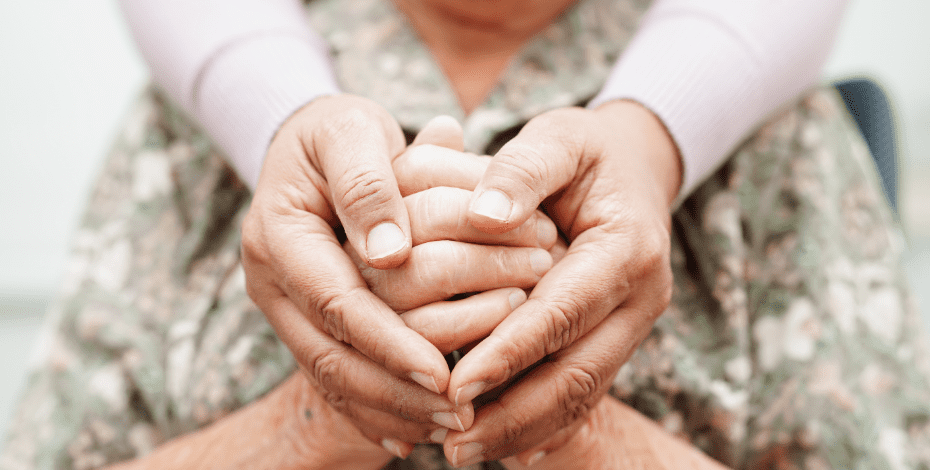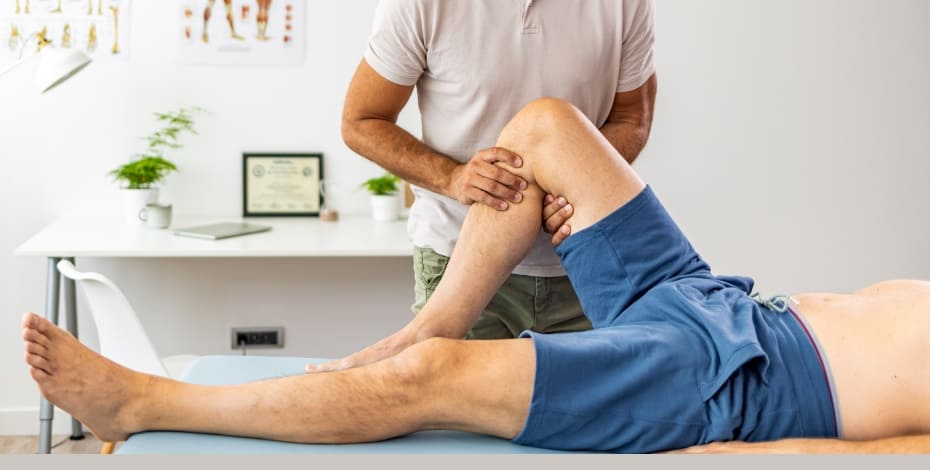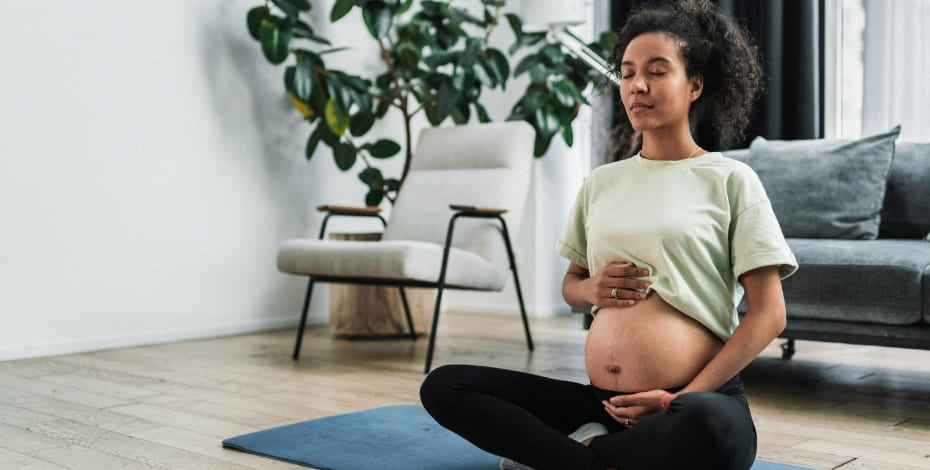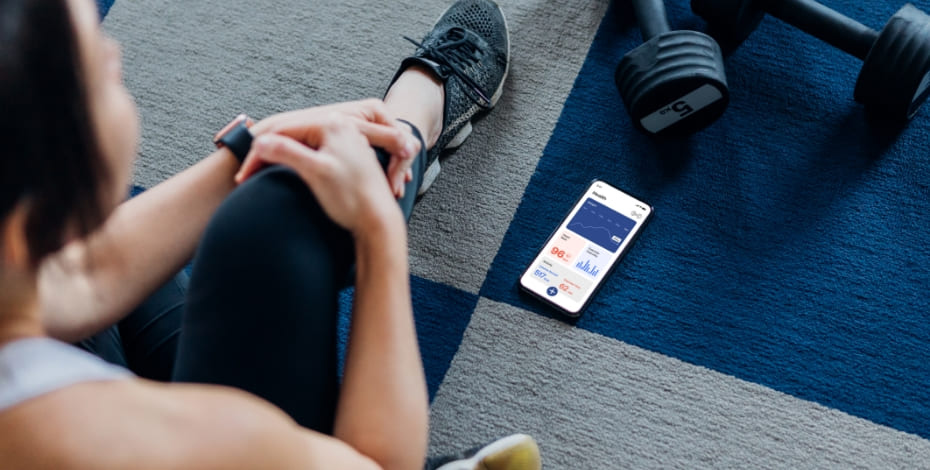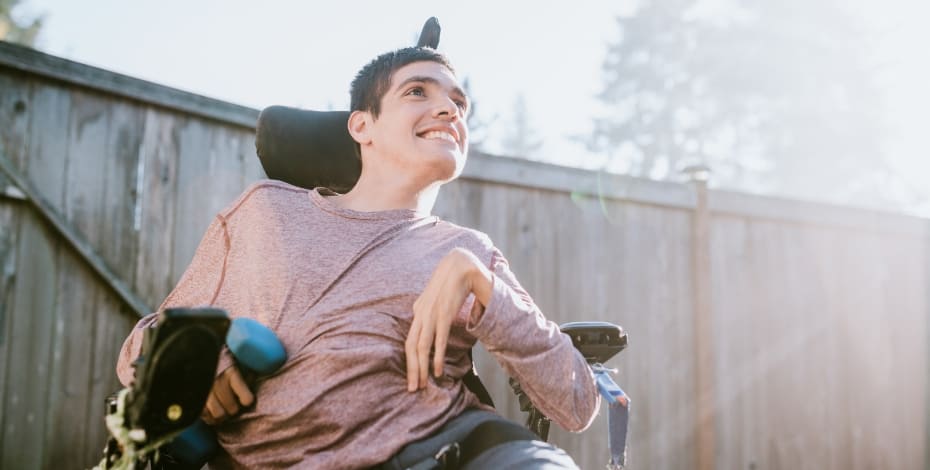
Supporting young adults with cerebral palsy

Stacey Cleary and her colleague Prue Morgan talk about co-designing ‘CP-Pathfinding’, a lifestyle program to empower young adults with cerebral palsy navigate the adult world.
For young adults with cerebral palsy (CP), the transition from the supports and structures of childhood can be a challenging time.
In addition to managing the physical impact of CP on their bodies, young adults must learn to navigate the adult health and disability sectors and to advocate for their care and support.
They also want to build their lives as adults, doing the same things that other young adults do, like going to university, building a career and having fun with their friends.
‘They’re very much wanting information and good advice that will help them to navigate early adulthood,’ says Dr Stacey Cleary, a physiotherapist and postdoctoral researcher with the CP-Achieve Centre of Research Excellence, based at the Murdoch Children’s Research Institute.
Stacey is part of a team including Professor Prue Morgan FACP that is co-designing a series of lifestyle modules to support young adults with CP as they transition ‘to and through’ young adulthood.
Last year, Stacey received a Physiotherapy Research Foundation Seeding Grant to enable the development of the first module in the series, CP-Pathfinding: Fitness for Life.
This module will be designed to assist young adults with CP to increase and improve their knowledge of, and sustain their participation in, physical activity.
The project will provide proof of concept for the co-design process, underpinning applications for future funding to complete the CP-Pathfinding series.
For many young adults with CP, having their healthcare and disability supports transferred to the adult system means finding new health professionals to work with and gathering new, trusted sources of knowledge.
Young adults with CP say that they are often unsure of where to find information about suitable exercise programs and that it’s also hard to find clinicians experienced in working with adults with CP.
Stacey says an additional challenge for many young adults with CP is a change in their physical abilities, which can be due to premature ageing processes and can leave young people with CP feeling uncertain of their bodies.
‘They might be noticing some decline in their function or they might have increased fatigue or increased pain compared to what they experienced as adolescents.
‘These things can impact—or people might think they will impact—on physical activity,’ she says, noting that many young adults are concerned that exercising might make things worse.
‘As physios, we often default to thinking about physical activity through a lens of physical health and function.
‘For young people with CP, this is important but the primary motivator for physical activity is often social.
‘So, physiotherapy at this life stage might have more of an empowerment and participation focus and look a bit different from adolescent care.’
The first step in the project is the formation of a diverse team including young adults with lived experience of CP, clinicians, researchers and partner organisations, a process that is already underway.

Stacey Cleary received a PRF Seeding Grant in 2023 to develop the CP-Pathfinding: Fitness for Life module.
‘Our team includes people with research expertise and people with lived-experience expertise.
‘It’s important to us that young people with CP are central decision-makers in this work,’ Stacey says.
With ethics approval now in place, Stacey and her colleagues will hold a series of focus groups to collect information from young adults with CP and from allied health/disability/fitness professionals who have experience working with young adults with CP.
The aim is to understand the physical activity and fitness-related information and skills needs of Australian young adults with CP.
Using information from the focus groups, current evidence on physical activity and principles of adult learning, a prototype module will be developed.
The module will be developed collaboratively with a working group comprised of young adults with CP aged 18 to 30 years, their parents/carers, clinicians, health service representatives and researchers—using an evidence-based co-design framework to guide the process.
While the exact format of the prototype module will be determined through the co-design process, it is likely to be delivered online, providing both static and interactive learning opportunities.
‘People have told us that online provision is really convenient, especially if they experience significant accessibility barriers or have fatigue to manage,’ says Stacey.
Development of the ‘Fitness for life’ module is expected to take around 18 months, from the information gathering stage to the delivery of the prototype module.
From there, the project will move into a new phase, evaluating the feasibility and acceptance of ‘Fitness for life’ and refining as needed.
With proof of concept for the co-design approach, the team will also start working on additional modules in the CP-Pathfinding suite, covering other topics of young adult life including navigating healthcare, education, employment, relationships, home life and community participation.
Stacey and Prue say that having comprehensive, evidence-based information will be a game changer, both for young people with CP and for the health professionals who work with them.
‘We know that there aren’t enough specialists in adulthood for people with childhood onset disabilities.
‘These young people with CP can, and do, turn up at local physio clinics, or visit local GPs, who often don’t have the information on hand because it’s not a clientele they’ve worked with.
‘They also don’t know where to refer these young adults for good quality information or care or where to find it themselves,’ Stacey says.
As Prue points out, 75 per cent of people with CP in Australia are adults, so physiotherapists and other health professionals need to get up to speed with understanding the needs of these clients.
‘If we don’t have those skills in how to work with adults with CP, we need to get that information somewhere.
‘Rather than only teaching health professionals what they need to know, it’s perhaps more empowering to teach the young adults with CP and then, along with their health professionals, they can go on that journey of learning together,’ Prue says.
The team hopes to have all of the modules for the CP-Pathfinding program completed in the next three or four years, so that they can roll them out across Australia.
Course of interest:
Musculoskeletal issues in non-ambulant adults with cerebral palsy
© Copyright 2024 by Australian Physiotherapy Association. All rights reserved.

